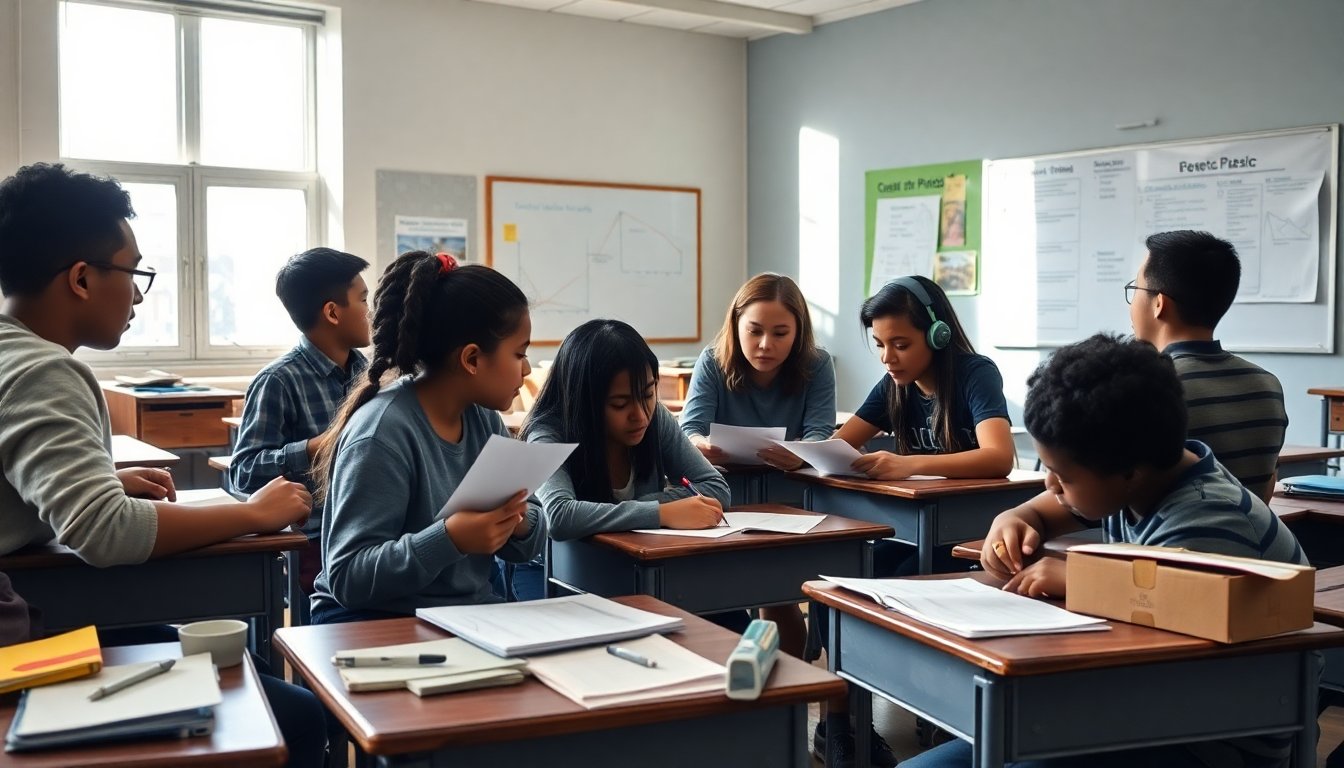Table of Contents
The landscape of public education in America faces numerous challenges, particularly in urban areas traditionally led by Democratic officials. A notable example is the case of Zohran Mamdani, who, despite his privileged upbringing, advocates for significant reforms to the educational system that once benefited him. His evolution from a talented student to a proponent of educational change raises essential questions about the future of public schooling.
Mamdani, a 24-year-old amateur rapper and the son of a Columbia professor and an Oscar-nominated filmmaker, once proudly attended the esteemed Bronx High School of Science. In a podcast interview, he shared his experiences, expressing disdain for New York City’s public school offerings, claiming he was “too good” for them. This viewpoint highlights a considerable divide in perceptions of educational opportunities across socioeconomic lines.
The irony of privilege and educational policy
Years after his initial involvement in the educational system, Mamdani now advocates for abolishing gifted and talented programs in public schools. His shift from a beneficiary of elite education to a critic of such systems reflects a broader narrative within the Democratic agenda. The argument posits that dismantling these programs would foster a more equitable educational environment for all students, particularly those from disadvantaged backgrounds.
Understanding the implications of educational policy changes
This narrative raises a critical question: should the educational opportunities that benefited privileged individuals be curtailed to create a level playing field? Critics contend that this approach may inadvertently harm the very children it aims to assist. The ongoing struggle to provide quality education for minority children in cities with entrenched political structures reveals a systemic issue affecting generations.
The educational situation in cities like Baltimore, as examined by investigative journalist Chris Papst, underscores the urgency for reform. His findings, detailed in the book The Failure Factory, reveal a system that prioritizes adult employment over effective teaching. Schools with principals earning substantial salaries report disappointing student performance, with many students lacking proficiency in fundamental subjects like math and reading.
The systemic failures in public education
In his investigation, Papst uncovered alarming trends, such as policies that prevent students from failing, effectively obscuring the true state of education. Report cards that lack meaningful comments leave parents uninformed about their children’s progress, and a decline in student discipline exacerbates the situation. Baltimore’s experience is not unique; it mirrors a national crisis in public education that requires immediate attention.
Examining the financial implications
With a staggering budget of $1.7 billion, yet only 10% of students proficient in essential subjects, the allocation of funds raises concerns. Over the past several years, even as enrollment has decreased, the workforce has expanded, resulting in a paradox where educational quality continues to decline despite increased financial resources. The notion that more funding leads to better education has repeatedly proven false.
The situation becomes more complex with the role of teachers’ unions. As highlighted by Papst, these organizations often prioritize their members over student outcomes. In Maryland, a new mandate to hire thousands of additional teachers by 2031 exemplifies how the cycle of funding and political support perpetuates the status quo.
As taxpayers invest billions into a failing system, many parents express frustration and seek alternatives for their children. They desire more than the limited prospects of their neighborhoods and the burden of welfare dependency. There is growing consensus that without substantial reform, the cycle of educational failure will persist, disproportionately affecting the most vulnerable populations.
The path forward: reforming public education
In light of these challenges, reassessing the foundation of public education in America is crucial. The narrative surrounding educational opportunities must shift from focusing on eliminating them for the privileged to ensuring they are accessible for all. By addressing systemic issues and advocating for meaningful change, we can work towards an educational landscape that genuinely serves every child.
Mamdani, a 24-year-old amateur rapper and the son of a Columbia professor and an Oscar-nominated filmmaker, once proudly attended the esteemed Bronx High School of Science. In a podcast interview, he shared his experiences, expressing disdain for New York City’s public school offerings, claiming he was “too good” for them. This viewpoint highlights a considerable divide in perceptions of educational opportunities across socioeconomic lines.0


